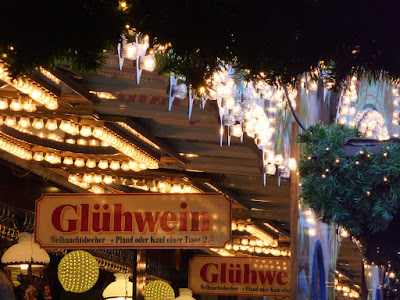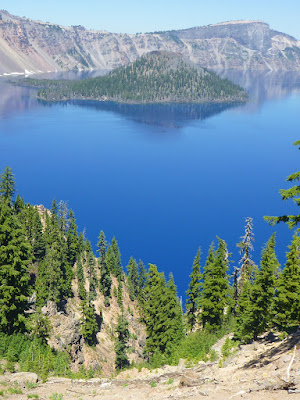Germans like to be “froh” or “fröhlich,” as testified by the Christmas greetings “Frohe Weihnachten!” and “Fröhliche Weihnachten!” (see How do you say Merry Christmas in German?). In Germany, folks wish each other “a happy new year”—“ein frohes neues Jahr!”, typically using the indefinite article at the phrase beginning.
“Ein fröhliches neues Jahr!” is grammatically correct, but considered too long and rarely used. Also common are “ein gutes neues Jahr!” and “ein schönes neues Jahr!” meaning “a good new year!” and “a pleasant new year!”, respectively.
Of course, you can get creative by using other adjectives. For example, “ein gesundes neues Jahr!” for “a healthy new year!”; “ein erfolgreiches neues Jahr!” for “a successful new year!” or “ein friedliches neues Jahr!” for “a peaceful new year!”
And then there is the greeting “Einen guten Rutsch ins neue Jahr!”, or shorter: “Guten Rutsch!” It is somewhat of a mystery, how this phrase derived. The noun “Rutsch” means slide or glide. So, you may take this phrase literally as “slide well into the new year.” Considering that New Year's Eve often comes with snow-and-ice weather conditions, this greeting can evoke a dark-humor connotation. However, an older meaning of “Rutsch” is travel. In this regard, the phrase “Guten Rutsch!” casually wishes a good journey into (and through) the next year.
erfolgreich: successful
friedlich: peaceful
froh: happy or merry
gesund: healthy
gut: good
Jahr: year
neu: new
schön: pleasant
“Ein fröhliches neues Jahr!” is grammatically correct, but considered too long and rarely used. Also common are “ein gutes neues Jahr!” and “ein schönes neues Jahr!” meaning “a good new year!” and “a pleasant new year!”, respectively.
Of course, you can get creative by using other adjectives. For example, “ein gesundes neues Jahr!” for “a healthy new year!”; “ein erfolgreiches neues Jahr!” for “a successful new year!” or “ein friedliches neues Jahr!” for “a peaceful new year!”
And then there is the greeting “Einen guten Rutsch ins neue Jahr!”, or shorter: “Guten Rutsch!” It is somewhat of a mystery, how this phrase derived. The noun “Rutsch” means slide or glide. So, you may take this phrase literally as “slide well into the new year.” Considering that New Year's Eve often comes with snow-and-ice weather conditions, this greeting can evoke a dark-humor connotation. However, an older meaning of “Rutsch” is travel. In this regard, the phrase “Guten Rutsch!” casually wishes a good journey into (and through) the next year.
German-English Vocabulary to derive German “New Year” greetings/wishes
ein: aerfolgreich: successful
friedlich: peaceful
froh: happy or merry
gesund: healthy
gut: good
Jahr: year
neu: new
schön: pleasant











